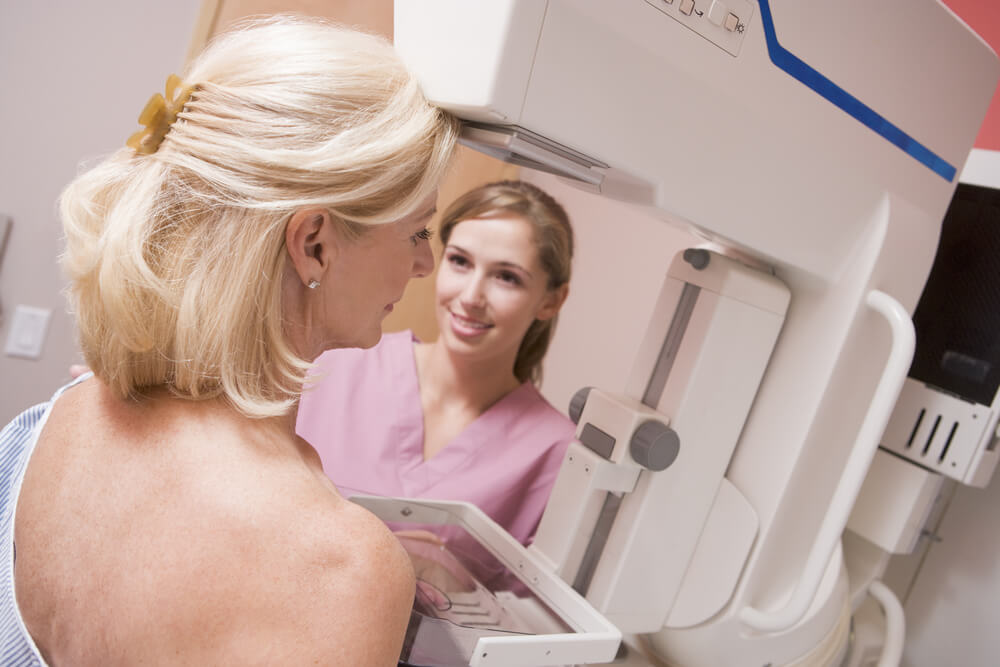There are around 50 hormones produced by our body, apart from estrogen and progesterone, which are the most prominent when we speak about our reproductive health. When an imbalance occurs with any of the mentioned hormones, it affects our whole system, including our mental, emotional, and physical well-being.
Different periods we endure during our lifetime, from daily stresses to pregnancies or menopause, can affect the balance of hormones and cause disruptions and various health problems. When problems occur, doctors usually recommend hormone restoration, which can also include hormone supplementation.
Many people report feeling much more stable after hormone replacement therapy, and doctors state that this also lowers the risks of health issues such as cardiovascular diseases, osteoporosis, cognitive decline, and bone fractures.
Experts say that there is a significant difference in the effectiveness of hormone replacement therapy when it comes to the type of hormones people take and whether they are bioidentical hormones or synthetic ones. Doctors believe that bioidentical hormones are safer and more effective than the other types offered. Below, we are bringing some additional information that might be useful for anyone starting HRT with bioidentical hormones.
Before even thinking about going to therapy for hormone replacement, you need to find an experienced medical professional who can give you the most informed advice and support. Such an expert can be found at the Doral Beach Gynecology clinic, where Dr. Leonardo Blachar has relevant experience and years of practice to support and guide patients looking for effective hormone replacement therapy.
Why Do People Go Through Hormone Replacement Therapy?
People decide to undergo hormone replacement when they start experiencing symptoms of perimenopause or face early (involuntary) menopause. The symptoms can include:
- Night sweats
- Hot flashes
- Low energy
- Mood swings
- Depression
- Decrease in the libido
- Dryness of the vagina
- Bone loss
- Weight gain
- Anxiety
- Issues with sleeping patterns
- Skin dryness
- Problems with the thyroid hormone
- Increase in cholesterol levels
Perimenopause can start a lot earlier than actual menopause, and women struggling with the abovementioned symptoms decide to undergo HRT to make their lives easier and more enjoyable.

What Are Bioidentical Hormones?
When it comes to bioidentical hormones, they are rarely made from animal sources, unlike synthetic ones for hormone replacement therapy. Still, their molecules are structurally similar to body hormones, made from plant materials or created in the laboratory. The end product is identical to the hormones produced by the body itself.
Although most advertisements suggest that the bioidentical hormones are made from natural resources, i.e., plants such as soybeans and yams, it is important to mention that they are significantly altered in the laboratory. Their natural features are mostly gone by the time the product reaches its final form.
When something foreign is placed in the body, it can provoke an adverse reaction, while putting something already known increases the chances of acceptance and efficiency. This is why doctors decide more and more often to recommend natural hormone replacement therapy when it comes to dealing with symptoms of perimenopause or menopause.
There are two forms of bioidentical hormones used most often: hormones made by a drug company and compound hormones made by pharmacists who follow a medical provider’s prescription. The compound type of hormone is not officially approved by the FDA, although it is presented as the safer, more natural, and more effective option.
Women’s bodies produce less estrogen and progesterone when they reach 30 years of age, while testosterone production declines later on, both in men and women. BHRT, or bioidentical hormone replacement therapy, is recommended to improve symptoms of these immense hormonal imbalances, and it has been proven the most efficient in recent years.
Benefits of Natural Hormone Replacement Therapy
As discussed previously, people gain numerous benefits when they undergo replacement hormone therapy. It is important to mention that people are different, and treatment affects people on an individual level. The success or failure of the procedure depends on a person’s health status, age, habits, and overall life quality. This is why it is crucial to create an individual treatment plan for every patient, to be able to maximize the benefits of BHRT.
That said, below you can find a list of benefits that hormone replacement therapy brings, so you can calculate both pros and cons of the treatment prior to making a decision:
- Improved sleeping patterns
- Increase in the libido
- Improvement of urinary issues
- Less painful sexual intercourse
- Bone protection
- A rise in the levels of good cholesterol
- Maintaining a healthy weight
- Risk reduction for different types of cancer
- Alleviation of anxiety and depression
- Increase in the elasticity of blood vessels
- Improved symptoms of menopause, such as hot flashes and mood changes
- Improved vaginal and skin dryness
- Decrease in the risk of osteoporosis and broken bones (most often hips or spine)
- Decreased risk of Alzheimer’s disease
Most of the abovementioned benefits have been tested and proven accurate, but some still need to be researched and confirmed as viable.
Risks of BHRT
As with any medication or therapy, some risks need to be highlighted so patients know what they are exposing themselves to and how harmful that can be. The risks or side effects of BHRT include:
- Vaginal bleeding
- Liver disease
- Endometrial cancer (when only estrogen is taken, without additional dosages of progesterone)
- Stroke (more common in overweight individuals, smokers, and people with a history of clots)
- Dementia
- Heart attack (depends on the age of the patient, more common in persons over 60)
- Coronary heart disease
- High risk of blood clotting
- Migraines
- Leiomyoma
- Nausea
- Bloating
- Weight gain
- Retention of fluids
- Mood swings
- Risk of breast cancer (depends on the age of the patient)
To reduce risks as much as possible, doctors generally recommend having regular gynecological check-ups, including a Pap test. Also, for patients who are over 50 years of age, it is recommended:
- To examine their breasts every month (self-examination)
- To have a breast examination once per year by a certified medical professional
- To do a mammogram every year to monitor the potential development of cancerous cells and other complications

What Happens Next?
After initiating hormone replacement therapy, monitoring and follow-ups with your chosen doctor are mandatory. The check-ups are usually required every few weeks in the beginning, then quarterly, then every six months, and then yearly if all the tests show that the therapy has a positive effect on the patient’s organism.
To monitor the hormone levels, doctors most often do additional blood and saliva tests and require regular tracking of symptoms by the patient so that a potential decrease in the severity of the symptoms can be spotted and recorded.
Call Us!
If you have any questions not answered in this article, feel free to contact the experts in our clinic and schedule a consultation. We are here for you because hormone replacement therapy is not an easy decision to make, and you need to have all the necessary information before taking the next step.


